A brush with Picasso: rare portraits to be displayed in London
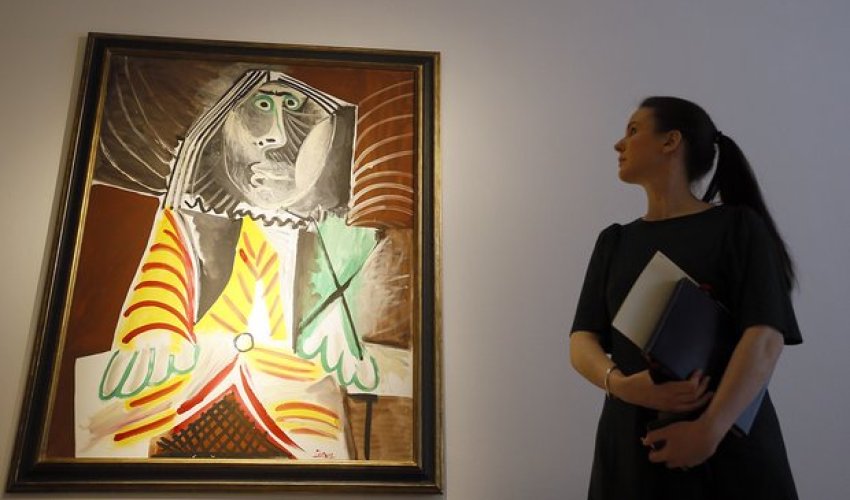
In one portrait a young Pablo Picasso paints himself as a well-dressed teenager in the 19th-century realist tradition; in another, aged 90, he has a cartoonish skull looking like a boulder about to topple from the mountain.
"It is a remarkable work, looking in the mirror and looking death in the face,” said art historian Elizabeth Cowling of Self Portrait 1972, which will be part of a major exhibition at the National Portrait Gallery this autumn.
New York art dealer sues over Picasso sculpture that may have been sold twice
The work, from a private collection, is in stark contrast to the self-portrait Picasso painted in 1896, aged 14. That polarity of styles will feature over and again in what is the first major exhibition of Picasso portraits for 20 years.
"It is one of the most extraordinary things about Picasso,” said Cowling, the show’s curator. "He is famous for his shifts in style but he doesn’t just take up a style and then abandon all the others – they are options, he is accumulating new options. He can dip in and out.”
The exhibition will include more than 75 portraits, some of which have never been seen in the UK.
In that category will be a 1910 Cubist portrait of his dealer, Daniel-Henry Kahnweiler, rarely lent by the Art Institute of Chicago.
Another loan will be Self Portrait with Palette, 1906, from the Philadelphia Museum of Art, in which Picasso portrays himself as the worker-artist. "It is one of the great masterpieces of his entire portraiture career and we are thrilled to have it,” Cowling said.
Defining what constitutes a portrait was not straightforward, Cowling said, and she had deliberately omitted paintings some visitors might expect to see.
For example, Tate’s Weeping Woman, sometimes described as a portrait of Picasso’s lover Dora Maar. "I think it is a painting about desperation during the Spanish civil war, about fear, the hysteria which follows catastrophe. It is an emblem of human suffering,” Cowling said. "We do Picasso a disservice if we try to turn every painting of a woman into a portrait of one of his lovers.”
Cowling said visitors would be struck by the "quite startling” range of his portraiture. "Because he was the subject of great mood swings himself, the emotional range of his work is as large as that of great playwrights and novelists.”
The Picasso Portraits exhibition, organised with the Museu Picasso in Barcelona, is the first major show of its kind since 1996, when MoMA in New York and the Grand Palais in Paris staged an exhibition with more than 300 works.
The autumn show will include caricatures Picasso made of his friends and acquaintances and also works of a sexual nature. For example, there is a pin-up-inspired composition in which he has drawn his friend and personal secretary, Jaume Sobartés, doing lewd things.
There will be loans from galleries across Europe and the US as well as private collectors. There will not, however, be loans of Picasso portraits that have made headlines in recent years because of the extraordinary auction prices they have achieved.
For example, Picasso’s blue period Portrait of Angel Fernández de Soto, sold by Andrew Lloyd Webber for more than £34m and now believed to be in the far east, will not be in the show. "We tried very hard,” said Cowling. "But if you don’t get face to face with the owner you have very little chance.”
Bernardo Laniado-Romero, director of the Museu Picasso, said the show would explore how the artist, time and again, redefined portraiture. "The exhibition will surprise and confront one’s preconceived ideas of what a portrait should be and how a portrait by Picasso ought to look like.”The show, sponsored by Goldman Sachs, will include a ticketing offer more normally seen in theatres: the first 100 tickets bought every Friday morning will be £5 rather than the full price of £19.
(theguardian.com)





www.ann.az
Similar news
Similar news
Latest news 
More news 

























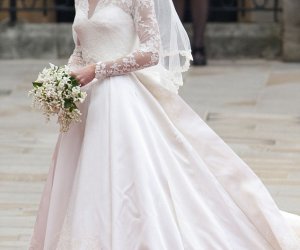


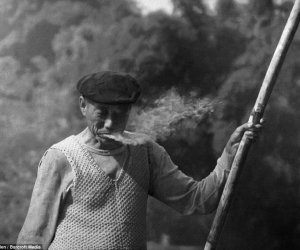

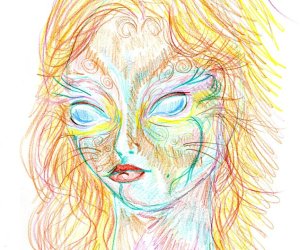

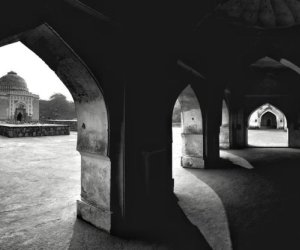


 Photo
Photo 



 Video
Video 

